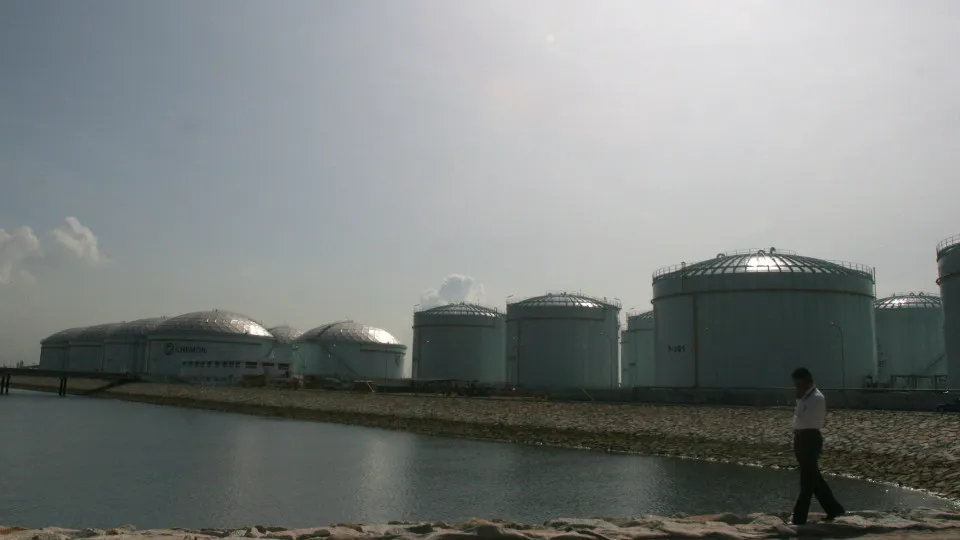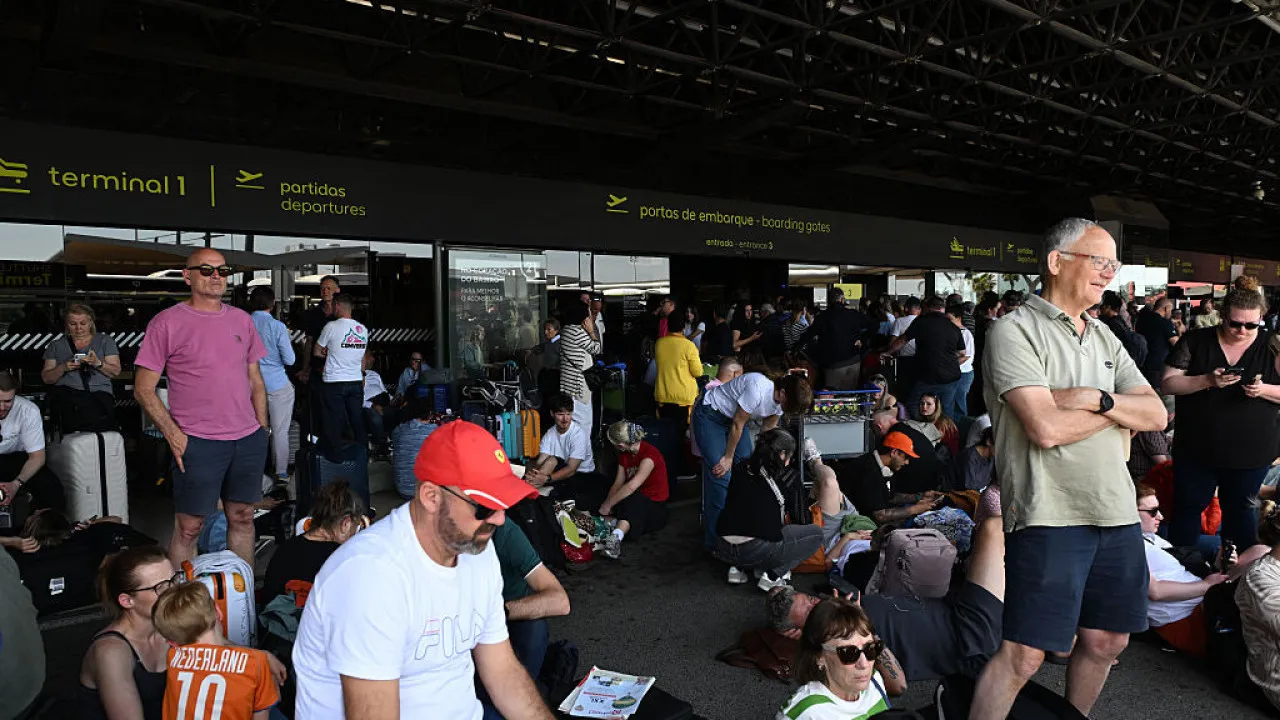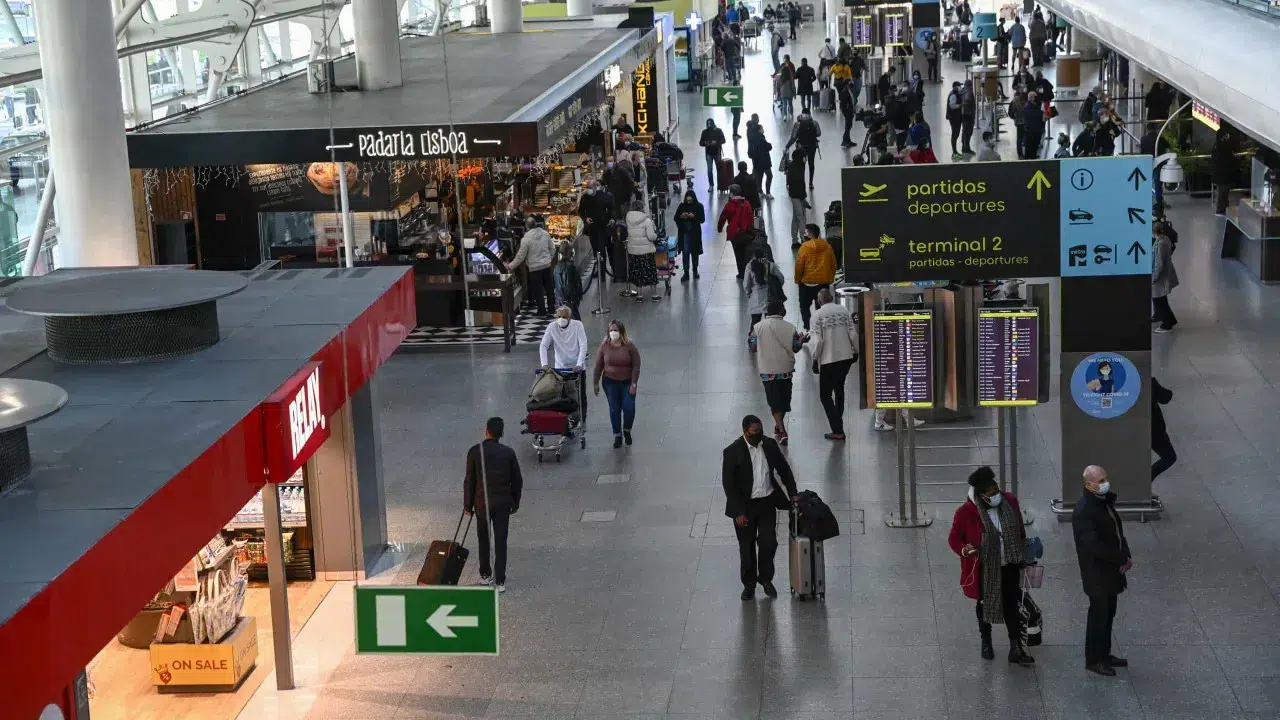Portugal received 26.5 million non-resident tourists in 2023, an increase of 19.2% compared to 2022 and 7.7% above the pre-pandemic year of 2019, the National Statistics Institute (INE) announced today.
“The year 2023 was marked by signs of recovery from the crisis in the sector, generated by the covid-19 pandemic, surpassing the record values of 2019 in the main indicators,” says INE in “Tourism Statistics 2023”.
Last year, overnight stays in tourist accommodation establishments (hotels, local accommodation and rural tourism/housing) resulted in growth of 20.0% in total revenue and 21.4% in revenue from accommodation, to 6,015.3 and 4,622.6 million euros, respectively.
According to the statistical institute, these figures represent growths of 8.8% in total revenue and 9.4% in revenue from accommodation, on average, per year since 2019.
The average revenue per available room (RevPAR) reached 64.8 euros (+15.4%) and the average revenue per occupied room (ADR) was 113.0 euros (+9.1%).
The Herfindahl-Hirschman index (HHI) shows a downward trend in the concentration of total revenue (and therefore an increase in competition), with small fluctuations during the period of the covid-19 pandemic, and in 2023 it reached its lowest value since 2013.
Last year, the average stay was 2.62 nights, down from 2.67 nights in 2022 and 2.64 nights in 2019.
According to INE, the Spanish market remained the main source market for international tourists (25.2% share), having grown by 16.7% compared to the previous year.
The UK market (12.6% of the total) was once again the second largest source market, increasing by 14.0%, while the number of French tourists (12.4% of the total, the second largest market in 2022) grew by 11.0%.
Apart from the ‘Other World’ grouping (+44.8%), the biggest increases were recorded by the North American (+34.2%) and Italian (+29.2%) markets.
Considering all forms of tourist accommodation (hotels, rural tourism/housing, local accommodation, camping and vacation camps and youth hostels), in 2023 there were 32.5 million guests and 85.1 million overnight stays, up 12.5% and 10.3% respectively.
INE notes that these figures reflect average annual growth of 2.4% and 2.3%, in the same order, since 2019, “showing the recovery of activity in the sector after the crisis generated by the covid-19 pandemic”.
As of July 31, 2023, 8,015 establishments were active and handling guests, 7.9% more than the previous year and an average annual increase of 2.9% since 2019.
The domestic market generated a third of overnight stays in 2023 (28.1 million, 2.1% more than the previous year) and external markets gave rise to 57.1 million overnight stays, reflecting annual growth of 14.9%.
In 2023, overnight stays from non-residents accounted for 67.0% of overnight stays in most accommodation establishments, and this was the year since 2013 in which there was a greater dependence on international markets, only surpassed by 2017, when these markets accounted for 67.8% of the total.
The seasonality rate fell to 36.9% and reached its lowest value since 2013, with this indicator being higher for residents (41.3%) than for non-residents (34.8%).
All regions recorded increases in the number of overnight stays in 2023, especially the West and Tagus Valley (+18.2%), the North (+14.0%) and Greater Lisbon (+11.8%) with the largest variations, while the Algarve (+6.7%) and the Center (+6.9%) were less expressive.
Compared to 2019, the Algarve and the Setúbal Peninsula were the exceptions, still falling short of pre-pandemic levels (-1.5% and -0.9% respectively) in terms of overnight stays.








